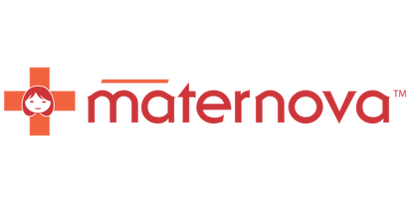Add description, images, menus and links to your mega menu
A column with no settings can be used as a spacer
Link to your collections, sales and even external links
Add up to five columns
Add description, images, menus and links to your mega menu
A column with no settings can be used as a spacer
Link to your collections, sales and even external links
Add up to five columns
DIY to Save Lives: Creating a Self-Sufficient Relief Network in Africa
October 29, 2016 1 min read
“DIY” is music to crafters’ and global health workers’ ears alike. Here, a handful of clever innovators have developed a series of simple tools designed to improve humanitarian conditions around the globe, with minimal training and expense.
These clever devices created in the field, for the field, improve access to clean water, diagnostic technology, renewable energy, communications, and of course, health care. Among them is a [DIY AID-supply project](http://www.guardian.co.uk/world/2012/aug/26/africa-innovations-transform-continent) designed to make Africa self-sufficient in generating and distributing its own emergency relief supplies.
Leave a comment
Comments will be approved before showing up.
Also in The Maternova Blog
Pumani bubble CPAP
November 11, 2025 1 min read
The Pumani bubble CPAP was engineered by a team at Rice University in Texas, working in collaboration with clinicians in Malawi. A range of specific design considerations made the Pumani especially appropriate for low-resource settings so that parts are easy to replace.
The MaternaWell Tray for PPH estimation now appears in key obstetric guidelines
October 30, 2025 1 min read
A 'tray' is now mentioned in the FIGO/WHO/ICM Consolidated Postpartum Hemorrhage Guidelines published by in 2025, expanding the type of monitoring device from drape to drape or tray.
Is it ethical to separate mother and infant just after birth?
October 28, 2025 2 min read
Immediate skin to skin care means less than ten minutes after the infant takes its first breath, the infant, naked except for a diaper, spends at least one hour on the mother’s chest, against her skin. It is recommended that preterm and low birth weight kangaroo care involve prolonging contact beyond the first hour for at least 8 hours per day or as long as possible (up to 24 hours) per day

